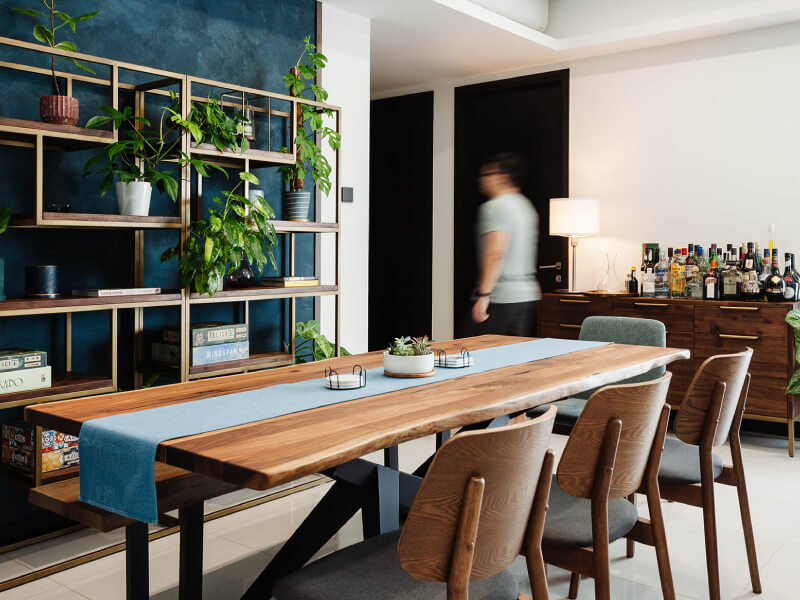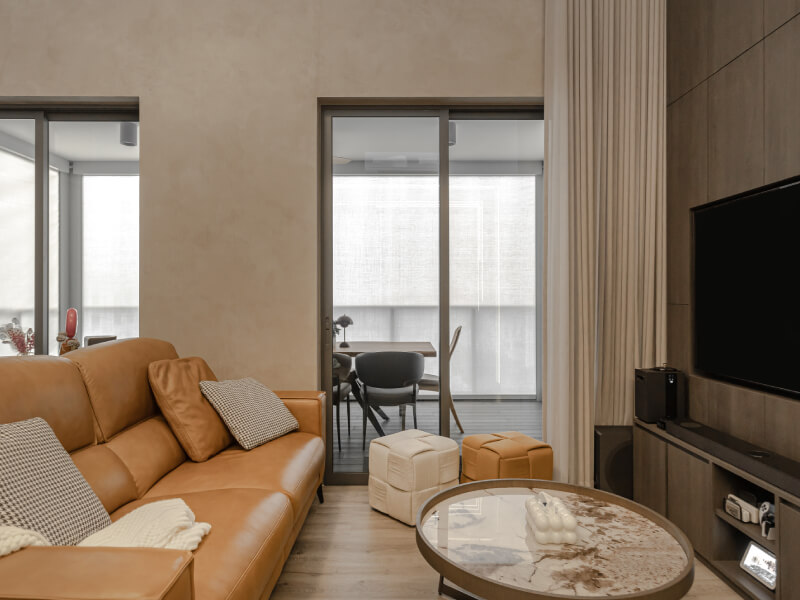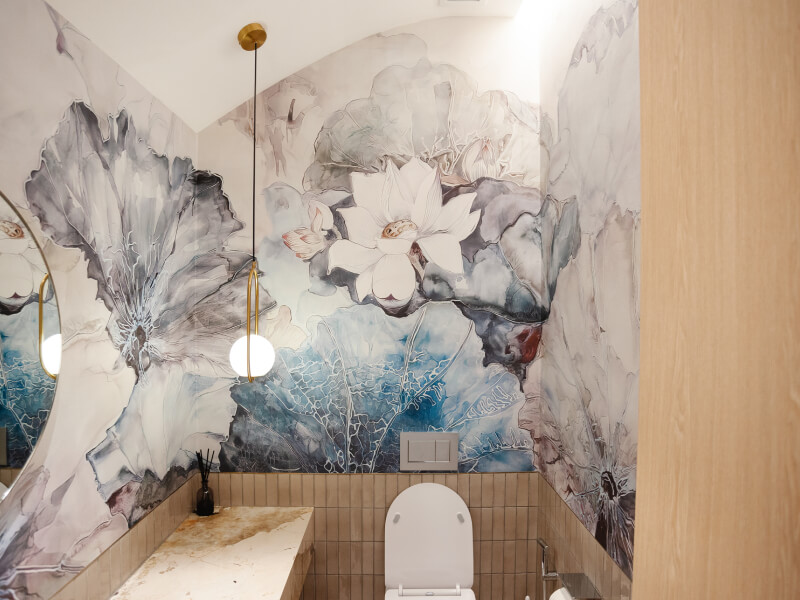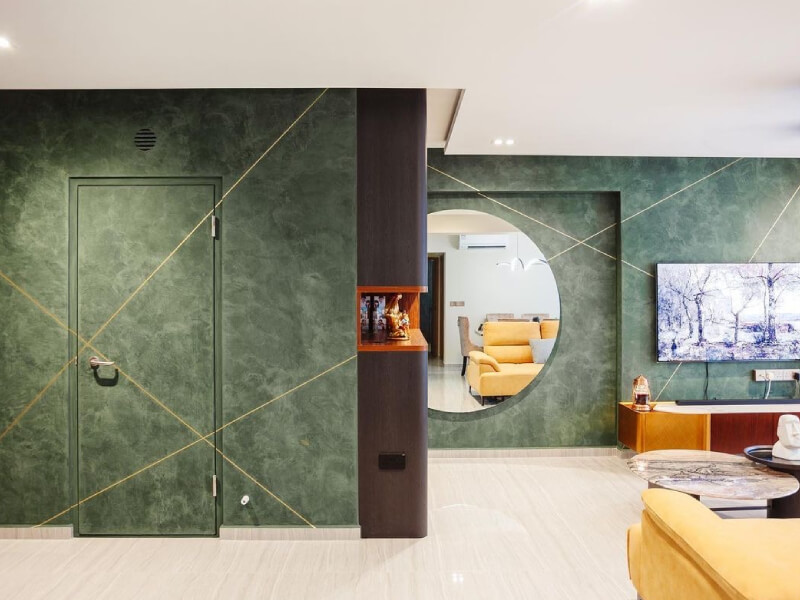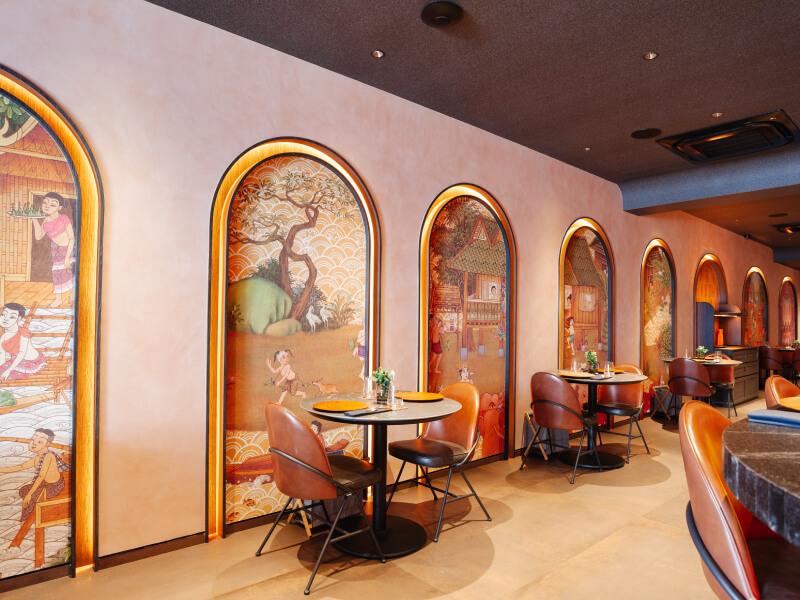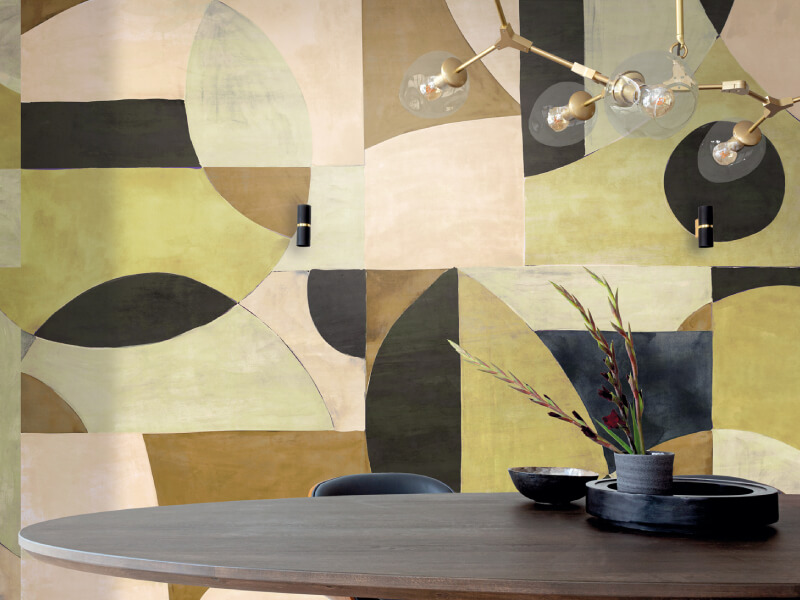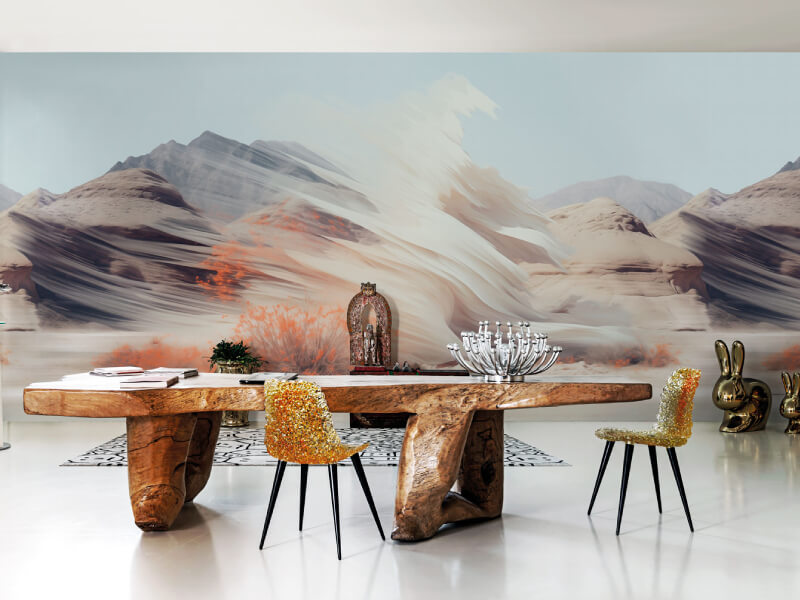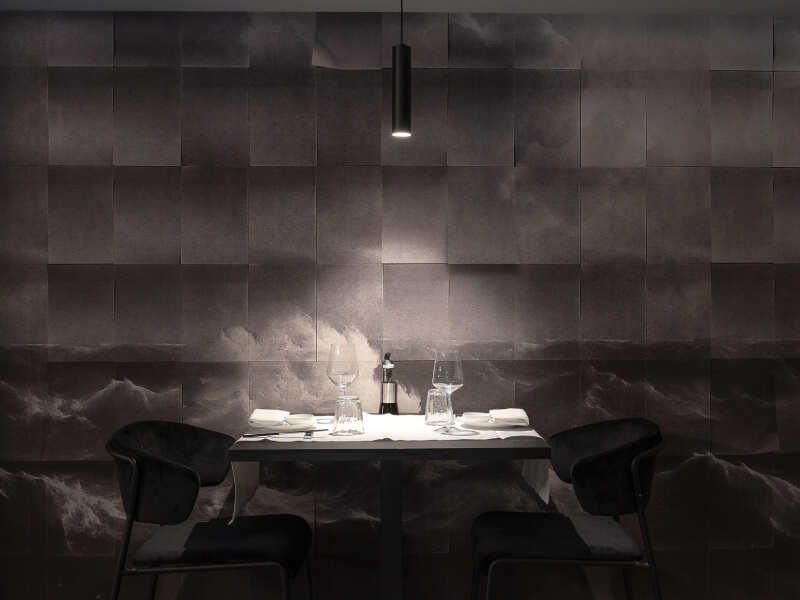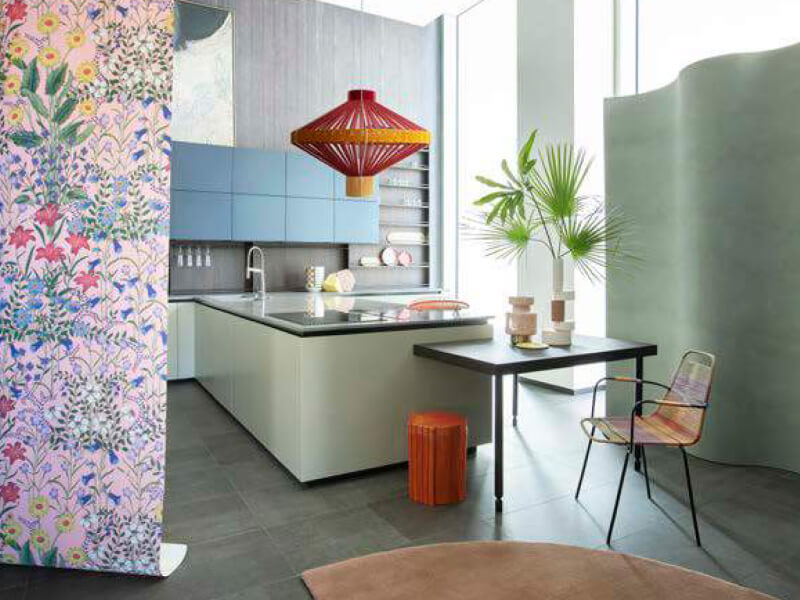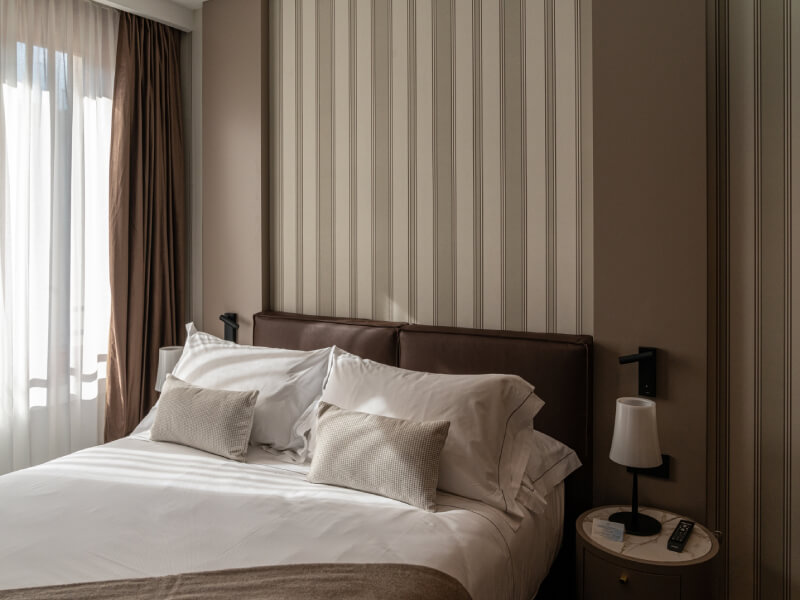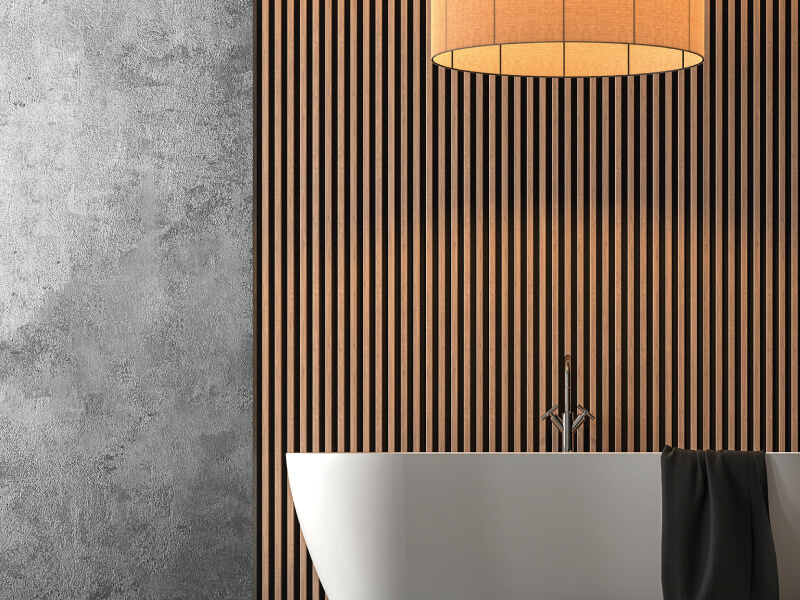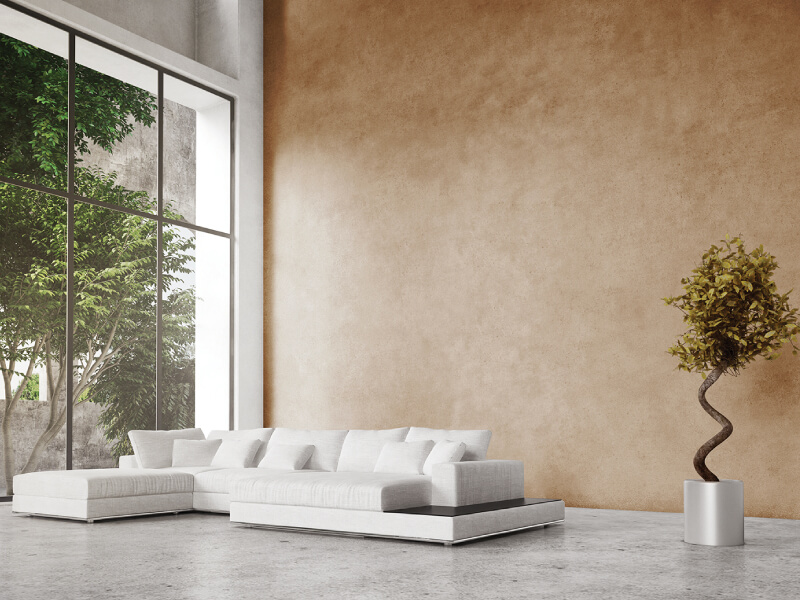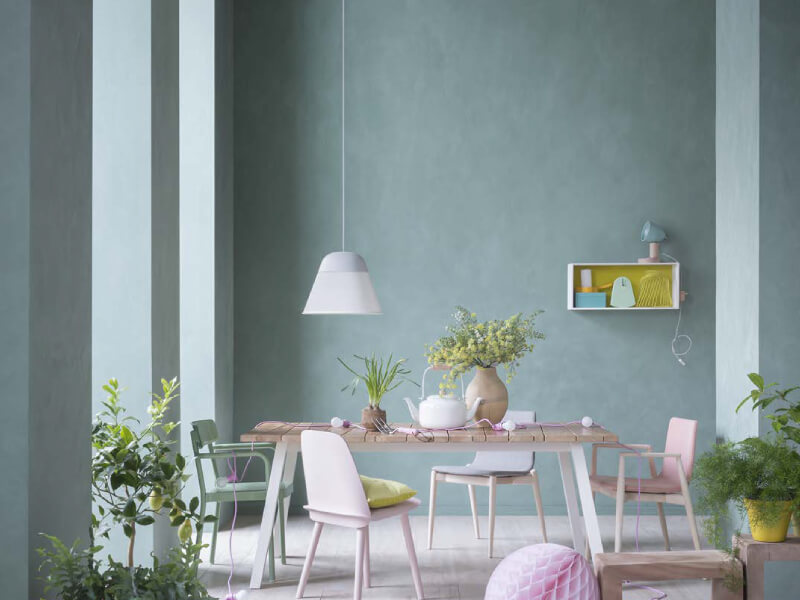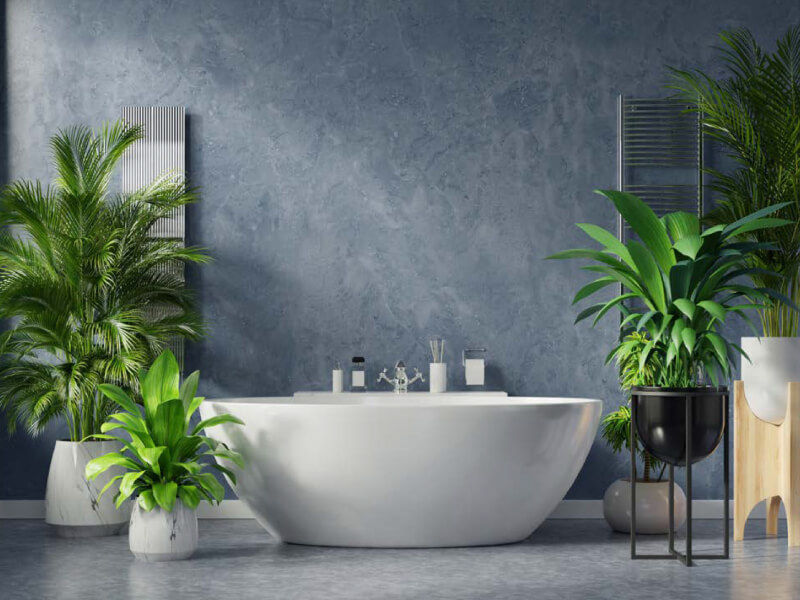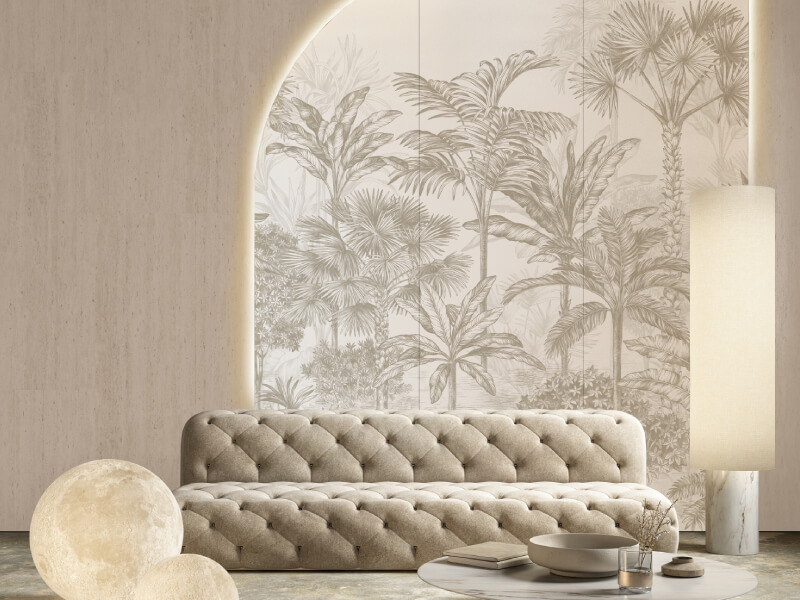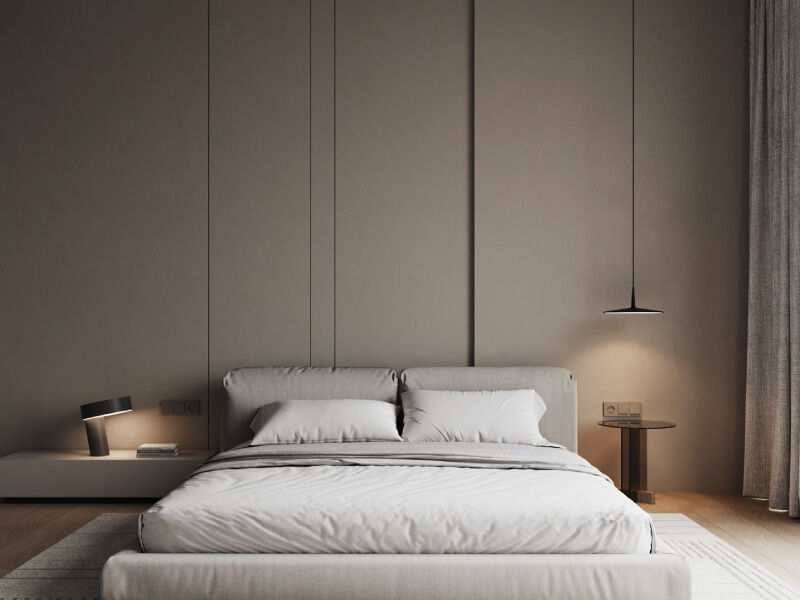World Environment Day, celebrated each year on 5 June, is more than just a calendar event. It’s a timely reminder to reconnect with nature and reflect on the small changes we can make to live more sustainably. One surprisingly effective way to show your appreciation for the planet? Refreshing your home décor. Earth-inspired wallpapers not only echo the themes of nature but also create a calm, grounded atmosphere indoors. Whether you’re updating a bedroom, living room, or workspace, these eco-friendly wallpaper ideas—rooted in earth tones and florals—will help bring a touch of the outdoors in.
Celebrate nature with grounding earth tones
There’s something inherently soothing about a palette that mimics the natural world. Think sandy beiges, warm terracottas, olive greens, and soft clay tones. These colours, reminiscent of soil, stone, and forest, introduce a sense of stability and comfort into any room.
Earth-tone wallpapers work especially well in communal areas like the living room or dining space, where you want to cultivate a welcoming and relaxing environment. For example, a deep taupe or rust-toned textured wallpaper can serve as a beautiful backdrop for wooden furniture and indoor plants. If you prefer subtlety, consider a light khaki or pebble grey wallpaper that adds warmth without overwhelming the room.
When paired with eco-conscious materials such as bamboo flooring, reclaimed wood furniture, or linen textiles, these wallpapers not only elevate your home aesthetically but also align with sustainable living values.
Go botanical with oversized floral patterns
Floral wallpapers have made a strong comeback, but the trend has evolved. Today’s designs lean into large-scale, painterly florals that feel modern and artistic rather than overly traditional. These wallpapers bring life and energy to a room, evoking the vibrancy of blooming gardens and lush landscapes. When choosing wallpaper in Singapore, consider how floral patterns can complement both the tropical climate and your interior style.
For a dramatic statement wall, consider a wallpaper featuring oversized wildflowers or abstract tropical blooms in earthy colours. If you prefer something more delicate, opt for hand-drawn botanical illustrations in muted greens and browns. These add a gentle, whimsical touch to bedrooms or reading nooks.
Not only do floral patterns visually connect us to nature, but they also make a room feel fresh and lively year-round—perfect for celebrating World Environment Day in style.
Opt for watercolour or hand-painted styles for artistic flair
One way to bring a sense of craftsmanship and artistry into your home is through wallpaper that looks hand-painted or watercoloured. These designs often feature gentle colour transitions, soft edges, and an overall sense of movement that mimics natural scenery.
Watercolour florals and landscapes in earthy tones can make a room feel like a tranquil painting, ideal for bedrooms or quiet corners. Alternatively, wallpaper featuring hand-sketched botanicals or freeform plant shapes introduces a charming, personalised touch.
These styles are also particularly effective at softening hard lines or cold materials in a space, such as concrete floors or metal fixtures, creating a more harmonious and balanced interior.
Conclusion
Bringing the beauty of the natural world into your home is one of the most thoughtful ways to honour World Environment Day. Whether it’s through rich earth tones, blooming florals, or textured surfaces that echo organic materials, your wallpaper can be a reflection of your commitment to both style and sustainability. For a wide range of nature-inspired options that transform your living space while celebrating the planet, explore the curated collections available at Wallhub.
